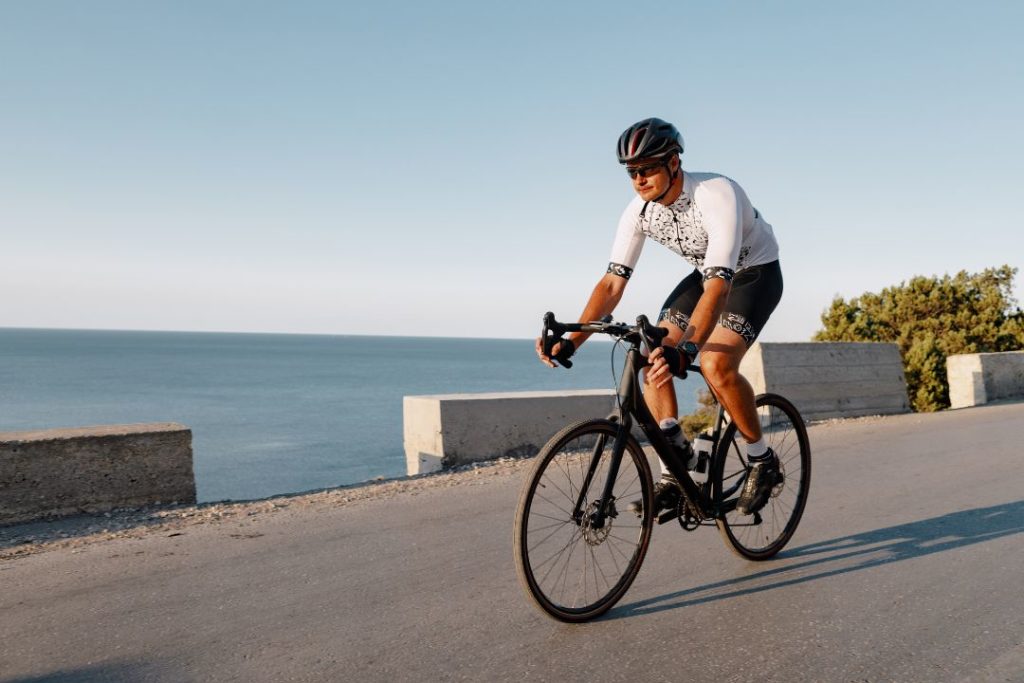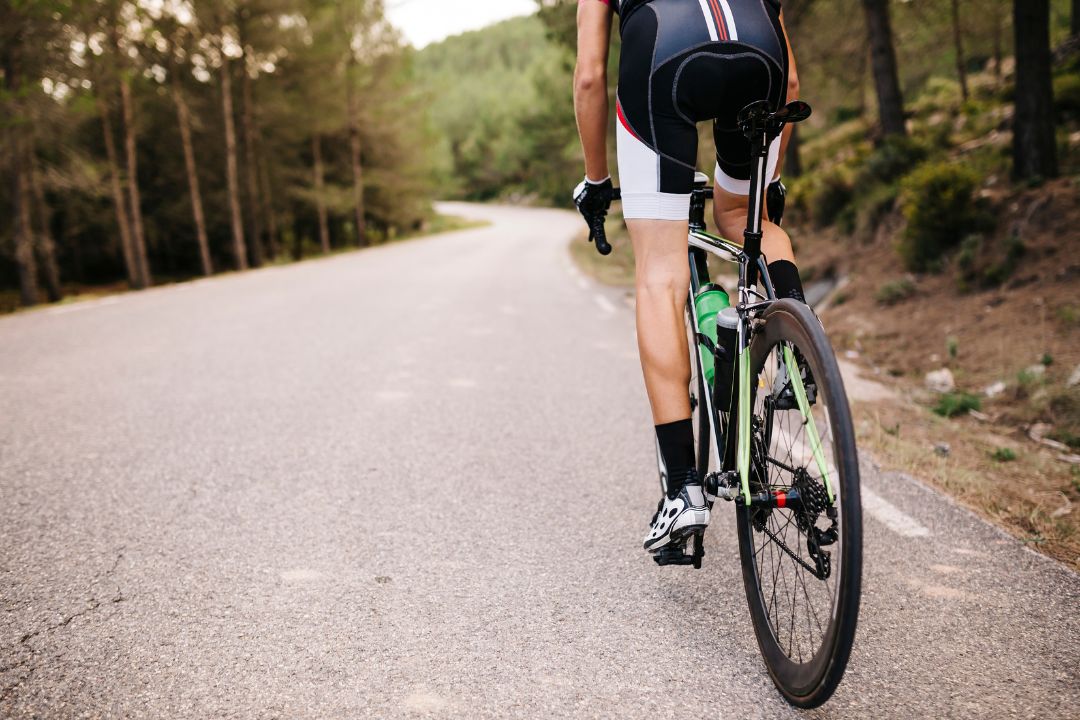When we embark on the adventure and participate in a Gran Fondo, we are challenging every muscle fibre, every drop of sweat, and every energy resource of our being. Cycling, as demanding as it is passionate, takes us on routes that explore not only geography but also our own limits.
And while our legs are the indisputable protagonists of each pedal stroke, there is a component just as crucial to reaching the goal: nutrition. The way we feed our body before, during, and after a journey on wheels is an art and a science, where every bite counts, and every sip can make a difference.
Long-distance cycling, majestically represented by events like the Gran Fondo, proposes a challenge that goes beyond physical endurance. It is a journey that begins long before we get on the bicycle and lasts long after crossing the finish line. For some, preparation begins on the cycling simulator, where platforms like BKOOL allow us to experience the terrain, get to know the route and, on a more technical level, understand the specific demands that will be imposed on our muscles and our metabolism.
But, how do we translate this experience into our diet? How do we prepare our body to make the most of each training session in the simulator and every kilometre on the route? In the following lines, we will explore the nutritional strategies that can help you face your next Gran Fondo with energy, endurance, and resilience, and recover from it with equal efficiency.
What is a Gran Fondo?
In the exciting environment of cycling, a Gran Fondo is not just a race; it is an event that combines physical endurance, the beauty of the route, and community spirit. The expression “Gran Fondo” comes from Italian. Although it literally translates as “Great Distance”, in the cycling context it adopts a deeper meaning, referring to an event that invites cyclists of all levels to face an endurance challenge, overcoming long distances, generally between 100 and 200 kilometres, and often facing considerable elevations and challenging ascents. The distinguishing feature is not competition against others but the personal challenge of completing a demanding route.
A Gran Fondo does not discriminate: it welcomes both professional and amateur cyclists. In this type of event, an atmosphere is created where camaraderie and the spirit of overcoming are the true protagonists. While there is timing and the most notable times are recognised, the crux of the event lies in the personal and shared experience of facing the route, enjoying the scenery, and crossing the finish line, taking with you not only the satisfaction of having completed the challenge but also the experiences and stories collected along the way. In a Gran Fondo, every pedal stroke is a narrative of effort, endurance and, above all, passion for cycling.

How do I form the nutritional strategy for the day of the Gran Fondo?
Forming a nutritional strategy to face an event of the magnitude of a Gran Fondo requires meticulous and personalised planning. Each body responds differently to stimuli and nutrient intake. It is essential that, in the preparation towards the big day, time is devoted to experimenting with different nutritional approaches during training sessions.
The basis of this strategy lies in three pillars: carbohydrate loading, optimal hydration, and timing of intake, ensuring that our muscles have the necessary energy available at each stage of the route, and that our digestive system is not overwhelmed at critical moments.
A vital part of this strategy is to start the day with a breakfast that provides sustained energy without causing gastrointestinal discomfort during the race. Oats, bananas, honey, or wholemeal bread are easy-to-digest carbohydrate sources but you have to check their effectiveness in training.
Throughout the route, it is key to have easily accessible and digestible energy sources, such as energy gels, protein bars, and dried fruit. Hydration, which involves not only water but also electrolytes lost through sweat, must be carefully orchestrated to prevent both dehydration and hyponatremia, with moderate and constant fluid consumption being crucial throughout the entire route.
This entire plan should be perfected during training sessions and, preferably, under the supervision of a sports nutrition expert, thus ensuring that, when the day of the Gran Fondo comes, our nutritional strategy is a solid support for our physical performance.
Post-competition nutrition is key
Post-Gran Fondo nutrition should focus on three key nutrients: carbohydrates, to replenish glycogen stores; proteins, to repair and rebuild muscle tissue; and fluids, to rehydrate the body. A shake that combines proteins and carbohydrates can be an excellent immediate post-race option due to its easy digestibility and rapid absorption.
Subsequently, a solid meal containing a proper proportion of these macronutrients can provide the body with necessary nutrients to support recovery. Additionally, let’s not forget micronutrients; antioxidants are essential to help combat free radicals generated during intense exercise and are obtained from fresh fruits and vegetables. Rehydration with water and electrolyte drinks is fundamental to replace fluids lost through sweat and ensure a complete and effective recovery.
BKOOL is the most comprehensive cycling simulator on the market. Try it for FREE for 30 days!
 Go to BKOOL
Go to BKOOL





